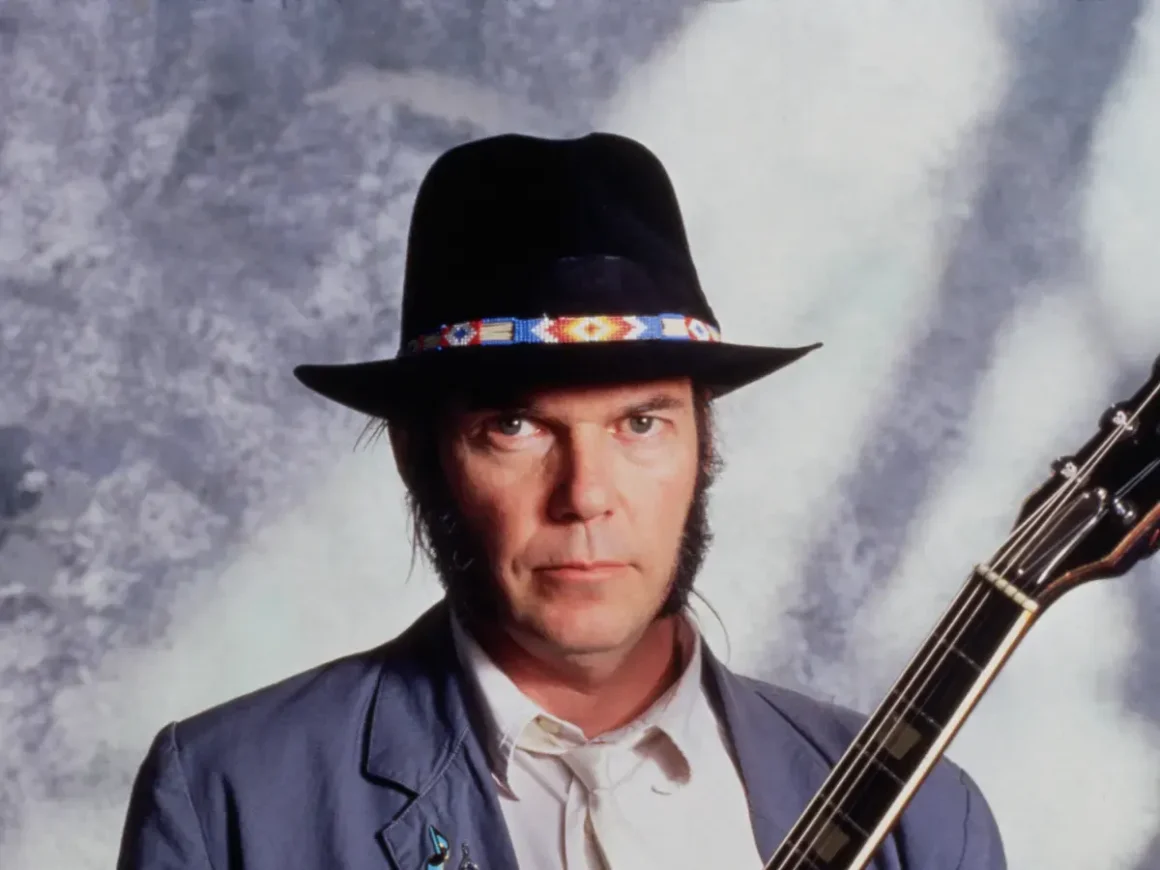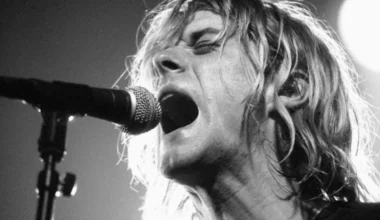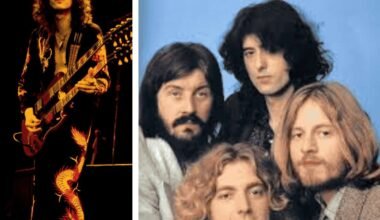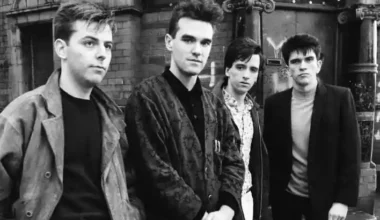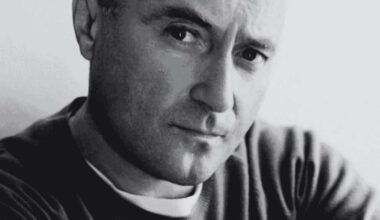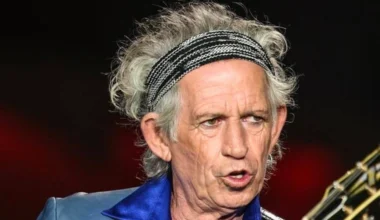For most musicians, the album promotional cycle is a dreaded yet necessary task. The constant interviews, press tours, and performances feel like parading the art around like a product.
But Neil Young, known for marching to the beat of his own drum, wasn’t one to follow the industry’s traditional playbook. When Sleeps With Angels was released in the ’90s, Young flat-out rejected the typical promotional grind.
By that time, Neil Young had already lost interest in playing the industry’s game. His rebellious spirit had long been established. After releasing albums like Freedom, which marked his creative resurgence, he became known as a godfather of grunge, especially among the rising alternative acts in Seattle.
But as much as he supported the new rock scene, he was devastated when Kurt Cobain’s tragic death shook the music world.
Young’s grief channeled directly into Sleeps With Angels. The album was a reflection of the sorrow and disillusionment he felt in the wake of Cobain’s passing. But instead of going on a press tour to promote the record, Young chose to let the music speak for itself.
In an interview with SPIN, he said, “I’m not doing anything with that album. It stands on its own… too sensitive of a subject to isolate comments on.”
In contrast to his earlier album Tonight’s the Night—a raw, emotional tribute to friends lost to drugs in the ’70s—Sleeps With Angels showed Young as a concerned elder in the music community.
While Tonight’s the Night was drenched in personal grief, Sleeps With Angels was his way of offering solace to a generation shaken by tragedy, especially in the Seattle scene that had seen the rise of grunge and the sudden loss of one of its most iconic figures.
This wasn’t about trying to heal anyone with his music; Young knew grief wasn’t that simple. It was his way of acknowledging the pain and offering something meaningful.
Refusing to exploit the sensitivity of the subject through traditional promotion, Young showed that, sometimes, the most powerful statement an artist can make is to step aside and let the art speak for itself.

